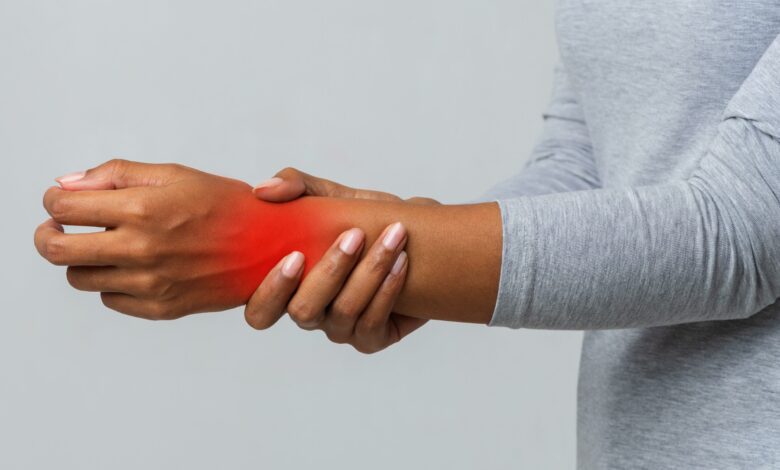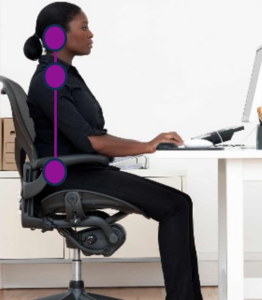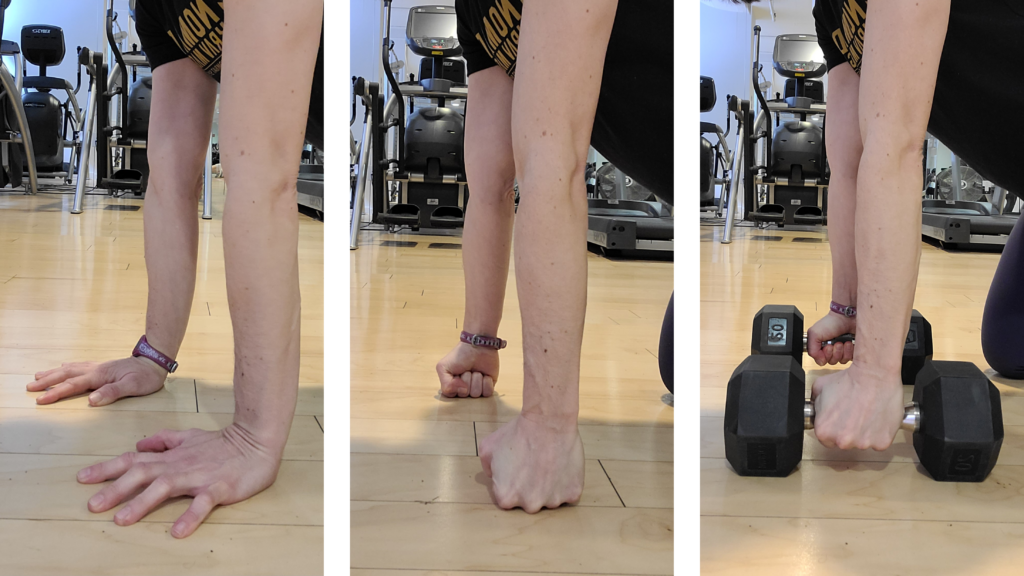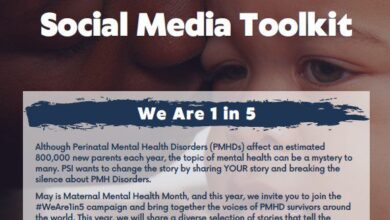Carpal Tunnel During Pregnancy: Why it Happens and How to Manage

You may already be familiar with some of the common ailments that can occur during pregnancy, including lower back pain, SI joint pain, sciaticaand dysfunction of the symphysis pubis. One of the diseases that may not be so obvious, however, is carpal tunnel pain. This nerve irritation in the wrist and hand can cause mild to severe discomfort, but why is it so common during pregnancy (and the postpartum period as well)?
In this post, we will discuss What Carpal tunnel syndrome is, why it can happen during pregnancy (and postpartum), and how you can manage discomfort or painful symptoms.
What is Carpal Tunnel Pain?
Carpal tunnel syndrome is characterized by numbness o tingling on the hands, thumbs, or fingers. This can cause pain when extending the wrist, or when lowering the hand to the ground for weight-bearing exercises such as planks or push-ups.
Why Is Carpal Tunnel Pain Common During Pregnancy?
Symptoms are caused by compression of median nerve inside the wrist.
During pregnancy, the following two changes can cause compression of the median nerve:
- Increased inflammation: This is probably the biggest contributor. During pregnancy, hormonal changes can cause an increase in fluid retention in the body, resulting in swelling (or oedema). This inflammation can narrow the space within the compartment that contains the median nerve.
- Upper body misalignment: Physical changes during pregnancy can be the cause changes in your alignment. In particular, a growing belly often points the pelvis forward resulting in an excessive lower back arch (or “lumbar lordosis”). The consequence of this is that other curves in the spine will succeed, often leading to a more pronounced “kyphosis” in the thoracic spine (AKA rounded shoulders and/or forward head protrusion). This distortion of the thoracic spine can also contribute to compression of the median nerve because the median nerve originates in the neck and runs across the front of the shoulder and down the arm.
Carpal tunnel can also occur during the postpartum period from all the time spent in a “triple-flexed” position (shoulder, elbow, wrist) from carrying the baby.
How to Prevent or Manage Symptoms
The following three strategies can help prevent or manage carpal tunnel pain.
- Get a neutral alignment: Entering your body neutral alignment is one of the biggest improvements you can make to reduce almost all common pregnancy aches and pains — including carpal tunnel pain. Your neck position is most important, so try to keep a straight line between your ear-shoulder-hip – especially when sitting — as shown in the image below.

- Drink water and reduce sodium intake to reduce inflammation: Water is important for so many reasons during pregnancy, and reducing inflammation is another. This helps to “flush” the system and reduce the accumulation of fluids that can cause compression.
- Keep moving: Movement throughout pregnancy is also important for many reasons, but specifically in relieving carpal tunnel pain, it improves circulation to reduce inflammation.
If you experience painful symptoms — especially during exercise, the following techniques can also help:
- Perform gentle mobility work: At different times during the day, perform gentle circles on the wrist in both directions. This will help relieve pressure on the median nerve.
- Keep wrists and hands neutral during exercise: Usually, putting your wrists in extension (left photo below) causes the most pain. Therefore, you want to keep your wrists in a more neutral position (middle picture). If the pressure on your knuckles is painful, you can also try keeping your wrists neutral while on a dumbbell (right photo).

- Stay open-chain vs. closed-chain exercises: Many movements that put pressure on your wrists are when your hands are on the ground, such as during planks or pushups. These exercises are called closed-chain exercises, where your hands are touching the surface (ie the ground). Even with the changes in hand positions shown above, doing closed-chain movements can be very uncomfortable due to the direct downward pressure on your wrists. Therefore, you may want to stick exclusively to open-chain movements, where your hands move freely in space (ie, shoulder presses, bent-over rows). There’s less pressure on your wrists in open-chain exercises and you’re better able to change their positioning throughout the exercise.
- Keep the fingers extended during upper body exercises: When performing open-chain exercises, if holding or fisting is uncomfortable, then make sure your fingers are close together. extended. One way to do this without stopping the upper body workout is to use a cable or resistance band and anchor it to your wrist instead of holding it. If using a cable, follow the modification examples below to use an ankle cuff attachment and insert your wrist instead of squeezing a cable handle.
For more persistent pain, you may want to contact a medical provider who can assess your individual case. In general, carpal tunnel pain during pregnancy will go away when the swelling decreases (after the baby is born) but you can be helped by wearing a splint as a reminder to keep your wrists in a neutral position (especially that when on the computer and while sleeping) .
Want More Resources?
For additional resources to help you exercise safely and effectively during pregnancy, explore our training programs and services. You can find different offers tailored to different needs — from educationin self-guided training programsin being able to work with a expert coach.
Or, if you are a health and fitness pro interested in coaching pre & postnatal clients, check out our ProNatal Education & Certification.





